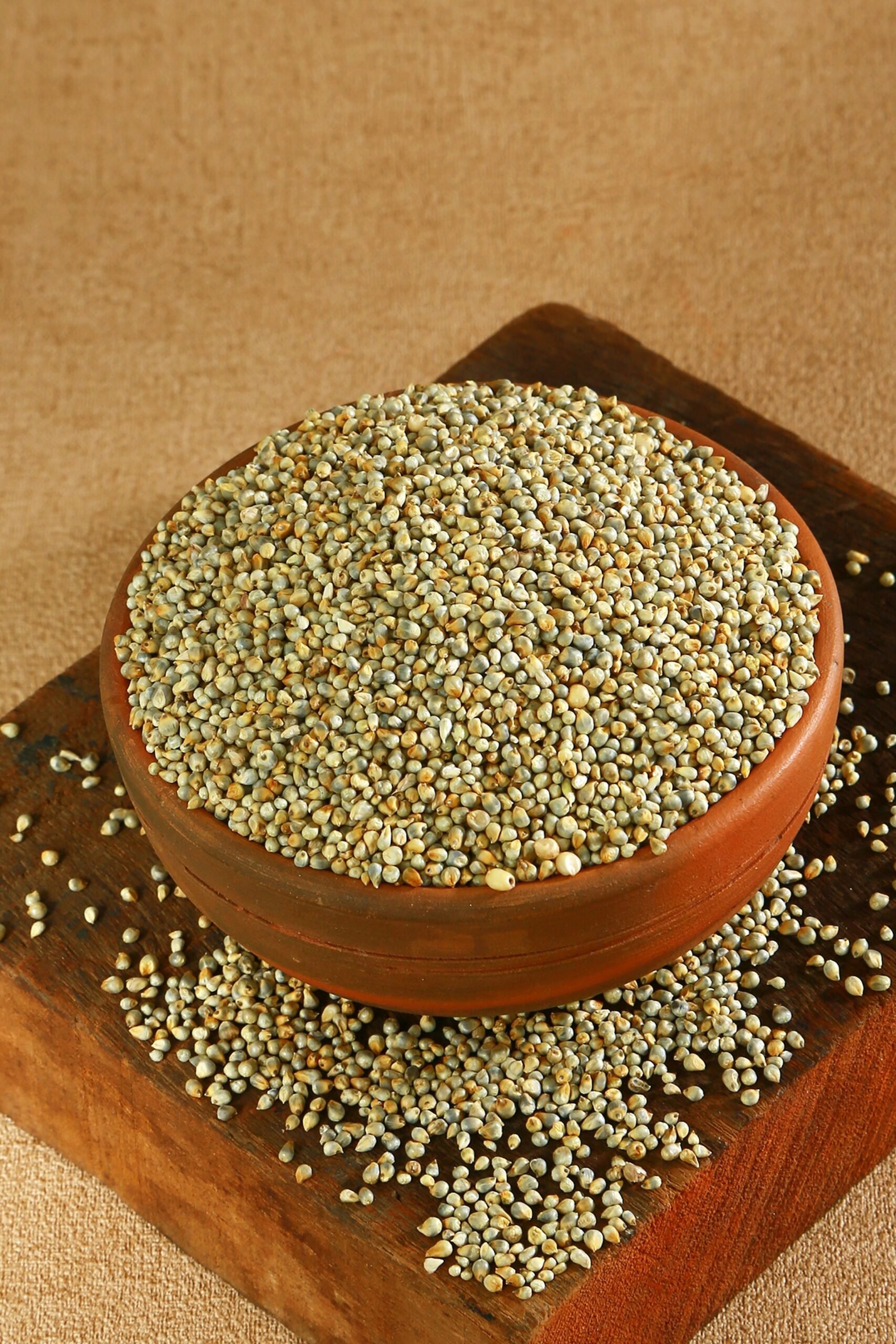
Bajra, more commonly known as pearl millet, is one of the world’s oldest cultivated grains. For centuries it has been a staple in parts of India and Africa, valued for its ability to grow in hot, dry climates where other crops often struggle. What was once seen mainly as a traditional food is now gaining fresh attention in modern kitchens for its versatility and nutrition.
You’ll find bajra used in many forms: ground into flour for flatbreads, simmered into simple porridges, or cooked whole as part of hearty meals. Its naturally gluten-free profile and rich nutrient content make it appealing for both traditional cooking and contemporary diets.
Quick Facts About Bajra
- What it is: Pearl millet, known as bajra, a hardy grain grown in dry climates
- Flavor: Earthy, slightly nutty, with a hearty, rustic bite
- Best in: Rotis, porridges, millet salads, energy bars
- Gluten-free: Yes — naturally free of gluten
- Storage: Store grains in airtight container; flour in fridge; use fresh for best taste
What Is Bajra?
Bajra (Pennisetum glaucum) is a small, round grain that technically belongs to the millet family. Despite its size, it plays a big role in food cultures where resilience and adaptability matter. It has been cultivated for thousands of years and continues to be a dependable crop in regions with challenging growing conditions.
The grain can be used in different ways depending on the dish. Ground bajra flour is widely used to make rotis and other breads. Whole grains can be boiled or steamed much like rice, or added into soups and stews for extra texture. Its mild, slightly nutty flavor makes it a flexible ingredient that pairs well with both savory and sweet preparations.
Today, bajra is not just tied to tradition. It is also recognized as a nutrient-rich, naturally gluten-free grain that provides fiber, protein, and essential minerals. For people exploring alternatives to wheat or rice, it offers both variety and substance.
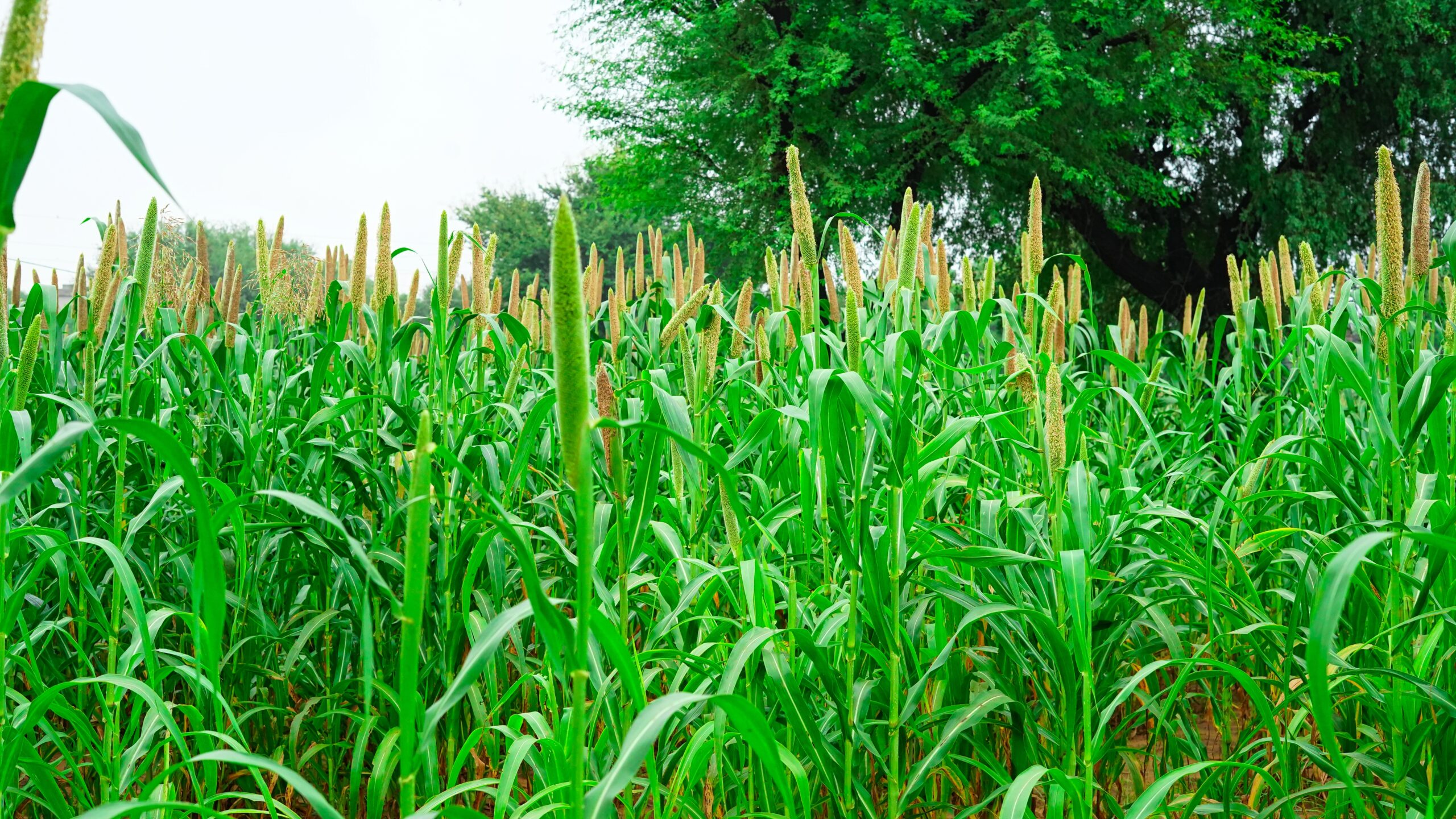
Bajra (Pennisetum glaucum) standing tall under the sun, ready to nourish from root to plate.
What Does Bajra Taste Like?
Bajra has a flavor that stands out. It’s earthy, slightly nutty, and a little rustic — the kind of taste that feels hearty and grounding. There’s sometimes a faint bitterness, but that’s exactly what makes it pair so well with bold spices, rich ghee, or tangy sides like yogurt and pickles.
As flour, bajra gives breads a dense, satisfying chew, while the whole grains bring a pleasant bite to porridges, khichdi, or even salads. It’s not a subtle grain, but if you enjoy food with character, bajra delivers.
Culinary Uses Around the World
India
In northern and western regions, bajra is a winter staple. It’s made into rotis, khichdi, churma, and hearty porridges often served with ghee, jaggery, or spicy pickles.
Africa
In places like Nigeria and Sudan, pearl millet is the base for fermented porridges and flatbreads. It’s also used to brew traditional drinks such as kunun zaki, a lightly sweet millet beverage.
Middle East
Here, bajra sometimes appears in multi-grain bread mixes or simmered into soups for extra bulk and nutrition.
Western kitchens
With the rise of gluten-free eating, bajra is finding its way into grain bowls, pancakes, granolas, and baked goods — adding both texture and nutrition.
Tips for Cooking with Bajra
-
Soak before cooking: A few hours of soaking makes it easier to digest and reduces antinutrients like phytic acid.
-
Pair it well: Combine with lentils, legumes, or vegetables to balance out its carb-heavy profile and make meals more filling.
-
Use fresh flour: Bajra flour turns rancid quickly, so buy in small amounts and store in the fridge.
-
Season generously: Its earthy flavor comes alive with ginger, garlic, cumin, or green chilies.
-
Watch the texture: Cook until tender but not mushy — overcooking can bring out bitterness.
-
Blend flours: For softer rotis, mix bajra flour with wheat or rice flour.
Creative Ways to Use Bajra Beyond Tradition
Bajra’s not just for rotis and porridge — it works surprisingly well in modern, everyday meals too:
-
Bajra Smoothie Bowl: Blend cooked bajra with banana, nut butter, and almond milk. Top with granola, seeds, and fruit for a filling breakfast.
-
Millet Energy Bites: Combine bajra flour with dates, honey, and nuts. Roll into bite-sized snacks for a quick energy boost.
-
Gluten-Free Crackers: Mix bajra flour with seeds, herbs, and olive oil, then bake into crisp, nutty crackers.
-
Bajra Tabbouleh: Replace bulgur with soaked bajra grains in a tabbouleh salad for extra chew and a deeper flavor.
-
Dessert Bars: Pair bajra flour with jaggery and coconut in no-bake bars or baked squares for an earthy, sweet twist.
Flavor Pairings
Bajra’s earthy, slightly nutty flavor loves bold, warming companions. Pair it with:
-
Ghee + Jaggery: A classic combo that softens bajra’s intensity and adds rich sweetness.
-
Garlic + Green Chilies: Great for savory porridge, rotis, or khichdi with a kick.
-
Buttermilk + Cumin: Perfect for light summer meals that balance digestion and flavor.
-
Onions + Fenugreek (Kasuri Methi): A match made for parathas or savory bakes.
-
Dates + Coconut: For a sweet, hearty energy ball or millet dessert bar.
These pairings bring out bajra’s natural character while keeping each bite interesting.
Bajra Substitutes
Can’t find bajra in your local store or just looking to mix things up? Try these substitutes that come close in texture or nutrition:
-
Ragi (Finger Millet): Another gluten-free millet with a slightly sweeter taste and similar nutritional benefits.
-
Quinoa: Mild and fluffy, quinoa works well in grain bowls and salads, though it’s softer and less earthy.
-
Barley: A good pick for soups or porridge, though not gluten-free.
-
Buckwheat Flour: Hearty and dense like bajra flour, great for flatbreads and bakes.
-
Sorghum (Jowar): Neutral in flavor but close in texture and cooking style — a common millet swap in Indian kitchens.
While each substitute has its own vibe, they can often step in for bajra depending on the recipe.
How to Store It Right
Bajra, whether in grain or flour form, likes cool, dry places — and a little extra care goes a long way in keeping it fresh.
-
Whole Bajra Grains: Store in an airtight container away from heat and moisture. They’ll stay good for up to 6 months in your pantry, or even longer in the fridge.
-
Bajra Flour (Atta): Because it's more prone to going rancid, keep it in an airtight container in the refrigerator and use it within 4 to 6 weeks for best taste and nutrition.
-
Check Before Use: Give it a sniff — a sour or stale smell means it’s time to toss.
Nutritional Value (Per Cup)
One cup of cooked bajra (about 174 grams) offers a wholesome dose of nutrients:
-
One cup of cooked bajra (about 174 g / 6.1 oz) provides:
- Calories: ~200 kcal
- Protein: 6–7 g (0.2–0.25 oz)
- Fiber: 2.5–3 g (0.09–0.1 oz)
- Carbohydrates: 40–41 g (1.4 oz)
- Fat: 2 g (0.07 oz)
- Iron: ~2 mg (0.002 g) — about 10% of daily value
- Magnesium: ~60 mg (0.06 g)
- Calcium: ~25–30 mg (0.025–0.03 g)
- B Vitamins: especially niacin and thiamine
Health Benefits of Bajra
Bajra may look humble, but it’s packed with perks that can support your health in big ways:
-
May Support Digestive Health: Thanks to its fiber content, bajra can help keep things moving and support gut health (Source).
-
May Help Manage Blood Sugar: Its complex carbs digest slowly, which may help avoid sharp spikes in blood glucose levels (Source).
-
Could Boost Heart Health: Bajra contains magnesium and potassium, which may help regulate blood pressure and reduce cardiovascular strain (Source).
-
May Promote Satiety and Weight Balance: The fiber and protein combo helps keep you full for longer, potentially aiding weight management (Source).
-
Can Support Iron Intake: Especially helpful for people prone to anemia, bajra is a plant-based source of iron (Source).
Potential Health Risks
While bajra is generally safe and beneficial for most people, there are a few things to keep in mind:
-
May Not Suit People with Thyroid Issues: Like many millets, bajra contains goitrogens, which may interfere with iodine uptake in people with hypothyroidism if consumed in excess (Source).
-
Could Be Hard to Digest for Some: Its high fiber content can cause bloating or discomfort for people not used to high-fiber diets (Source).
-
Oxalate Content May Be a Concern for Kidney Issues: Bajra naturally contains oxalates—estimated at about 30–60 mg per 100 g—which may contribute to kidney stone formation in people prone to calcium oxalate stones (Source).
-
May Interact with Certain Medications: Eating bajra (pearl millet) while on medications for blood sugar control—such as the sulfonylurea drug gliclazide—may enhance the drug’s effect, likely due to interactions that increase the medication's concentration in the blood and prolong its glucose-lowering impact (Source).
Final Thoughts
Bajra may not be the flashiest grain, but it definitely deserves a spot on your table. It’s hearty, wholesome, and full of that earthy flavor that makes simple food so satisfying. You can add it to soups, bake it into bread, or turn it into a warm winter drink — it fits in just about anywhere.
Next time you’re after something filling, healthy, and a little different, give bajra a try. It might just become one of your favorites.
FAQs
Is bajra gluten-free?
Yes, bajra (pearl millet) is naturally gluten-free, making it a great option for those with gluten sensitivities or celiac disease.
Can I eat bajra every day?
You can enjoy bajra regularly, but moderation is key — especially if you have thyroid or kidney-related conditions.
Is bajra good for weight loss?
It may help with weight management due to its high fiber and protein content, which keeps you full longer.
How can I use bajra flour in baking?
You can use it to make flatbreads, muffins, or blend it with other flours for denser bakes like cookies and loaves.
What’s the best season to eat bajra?
Traditionally, bajra is eaten more in winter as it generates warmth in the body, but it can be enjoyed year-round with the right pairings.
Learn More About Bajra (Pearl Millet)
Wikipedia — Pearl Millet
This article explains what pearl millet (also called bajra) is, its main cultivation regions, nutritional profile, common uses in food and feed, and its adaptability to drought-prone and arid conditions compared to other grains.
Healthline — Bajra: Benefits, Uses, and Nutrition
This article highlights bajra’s (pearl millet’s) health benefits—like high fiber, protein, heart and blood sugar support, uses and nutritional profile.


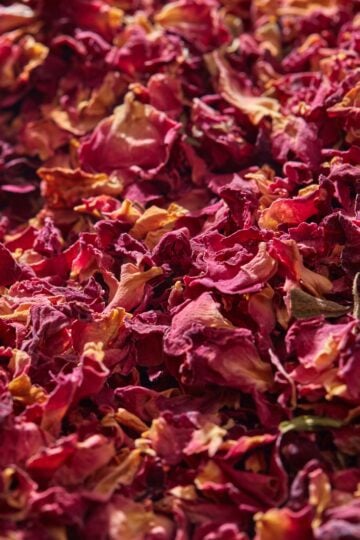
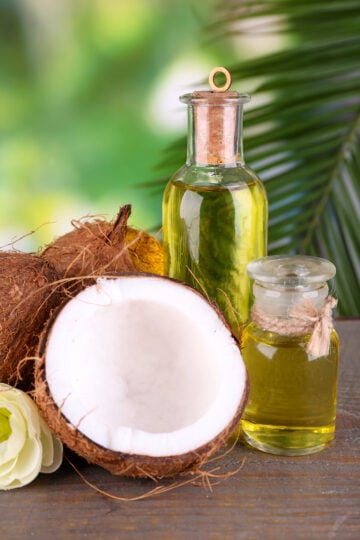
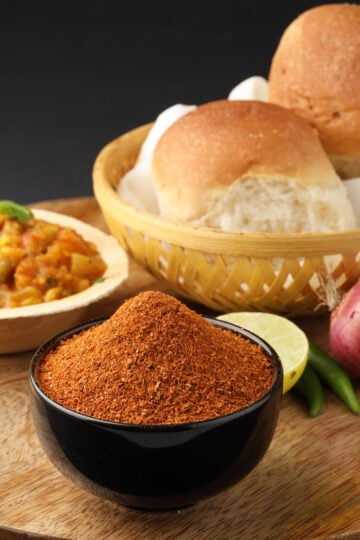
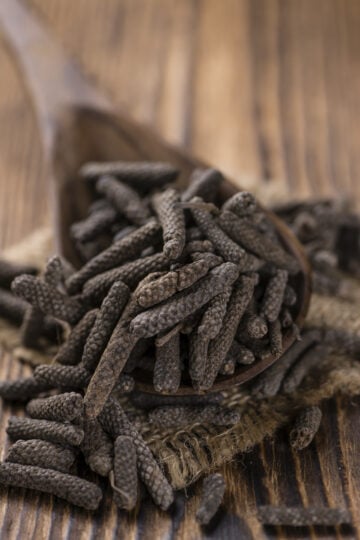
Have a question or something to share? Leave a comment below!